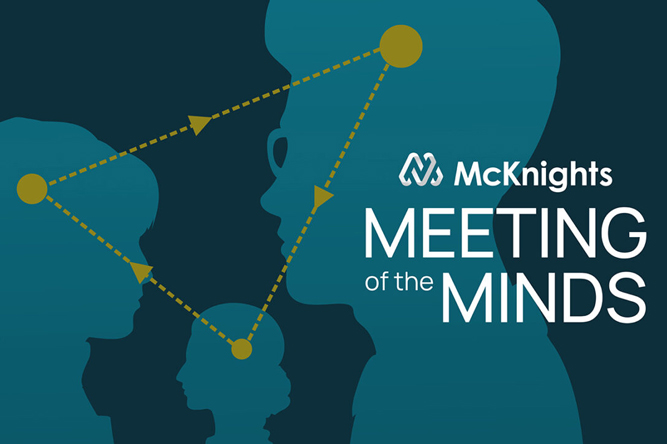
We have adapted to a new culture that embraces people first, treats employees as individuals, and recognizes the differences that contribute to the workplace. Aspiring for a great company culture has been top of mind for many organizations, because the only way to compete in a candidate market is to create an attractive brand where candidates want to work for you.
Great Expectations
Organizations must recognize present realities and adapt to meet the expectations of a workforce that knows what it wants and isn’t willing to compromise. One of these expectations is investing in your employees, their development, and meeting their needs.
Creating a culture of recognition drives engagement, belonging, productivity, and job commitment. Effective and meaningful recognition programs can save you thousands on retention of critical employees who provide invaluable care and support for your customers.
Not all recognition is created equal. To achieve the level of desired impact, these recognition tactics must be meaningful to each unique person. Recognition simply for recognition’s sake is not the goal here—just like any measurable goal, it has to be purposeful, frequent, meaningful, and specific.
Recognizing Change
In the 2022 State of Recognition Report from Achievers, there are six key findings from their research:
- Employee demands are changing with work-life balance, career progression, and recognition topping the list of requirements.
- HR is still struggling to attract and retain in this new world of work.
- Recognition drives job commitment, with those recognized weekly the least likely to job hunt.
- Recognition can outweigh salary for driving advocacy, job commitment, and productivity.
- Managers are the linchpin of a culture of recognition, but companies are falling behind on training.
- The right recognition program is crucial for driving recognition at every level.
These findings resonate with reality. We live in a candidate market where employees are enticed by strong supplemental benefits, steady work-life balance, and robust culture. According to the Achievers report, 65 percent of respondents said, “feeling recognized would reduce their desire to job hunt,” and 57 percent said, “feeling recognized would reduce the likelihood that they would take a call from a headhunter.”
Sustainable Strategy
If a culture of recognition is imperative to adopt—and it is—then you need to create a strategy. From social recognition and peer-to-peer recognition to non-monetary and monetary methods, there are many options, but the options you choose need to be sustainable, just like any other strategy you implement. There are performance-based incentives, birthday and anniversary cards, as well as options such as gift cards and appreciation notes for specific employee achievements.
Creating a culture of recognition puts you on the path to success. You are building a positive culture, one able to recruit and retain talent. Another great thing about recognition is that it can be free! It doesn’t cost you anything to go out of your way and tell someone “Job well done!” or to email them a thank you for a specific task completed. By celebrating moments of success, you are able to boost positive morale. As the old saying goes, you get what you pay for, so start investing in a culture of recognition to drive better outcomes in retention and acknowledgment of your most important asset, your people.
Contact Us
As a national leader in senior care and living management and consulting services, Health Dimensions Group is uniquely positioned to assist organizations currently facing obstacles in building company culture. If you are struggling to develop a strong culture for your organization, we can help. For more information, please contact us at info@hdgi1.com or 763.537.5700.












